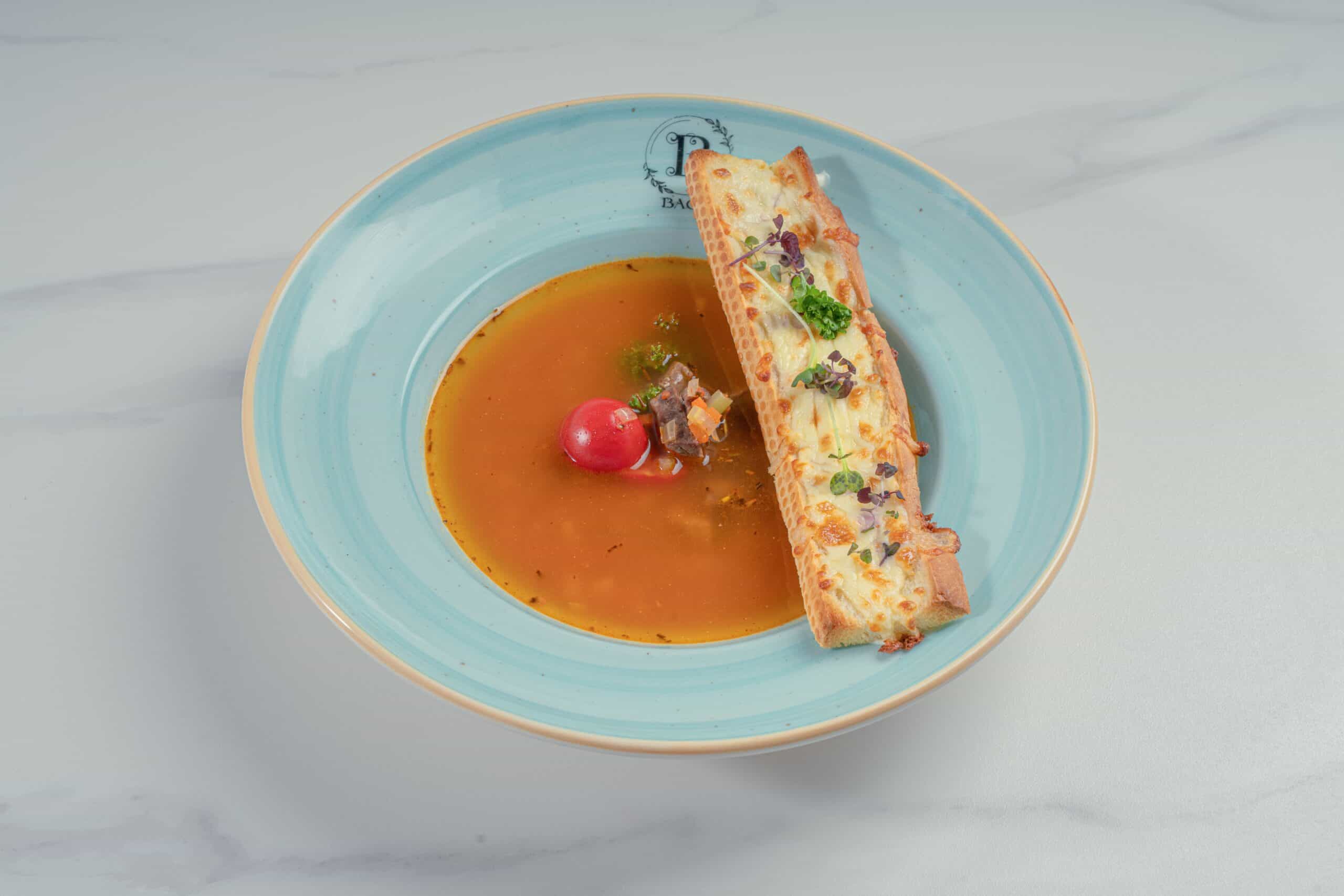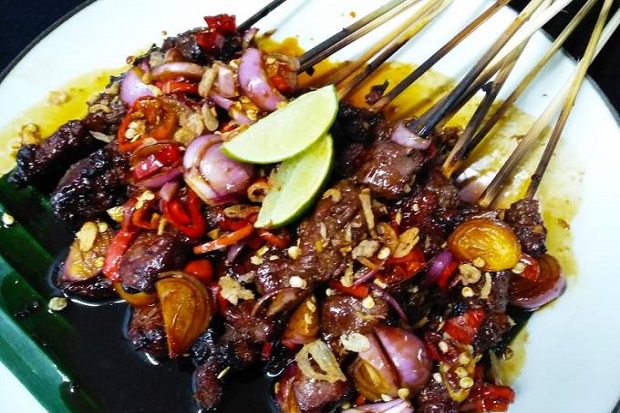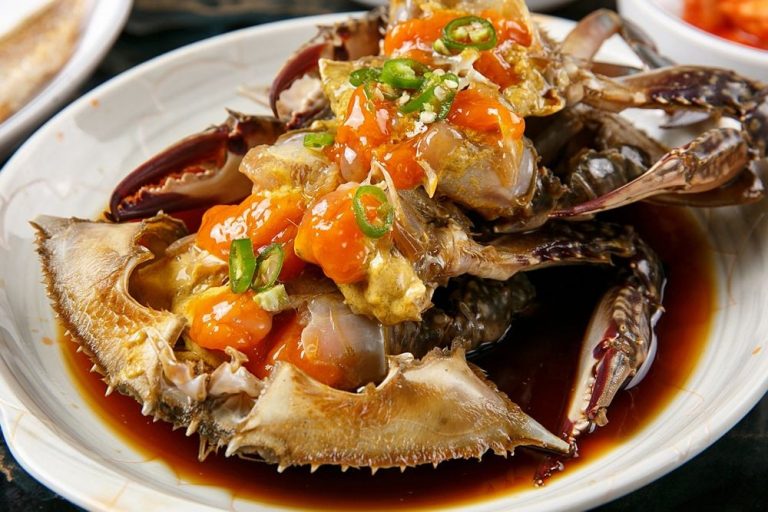Minestrone is a classic Italian soup that is beloved for its hearty, nutritious, and comforting qualities. Known for its rich flavor and versatility, minestrone can be made with a variety of vegetables, beans, pasta, and sometimes meat, making it a great dish for any season. Whether enjoyed as a starter or as a main course, minestrone is the perfect way to showcase the fresh, seasonal produce that Italy is so famous for. In this article, we’ll explore the history, ingredients, and regional variations of minestrone, as well as how to prepare this classic Italian dish.
What is Minestrone?

Minestrone, derived from the Italian word minestra (meaning soup), is a thick, rustic vegetable soup that has its roots in ancient Italy. It is typically made with a base of seasonal vegetables, beans, and pasta or rice, and is flavored with aromatic herbs and sometimes a bit of tomato or broth. Unlike many other soups, minestrone is often a bit thicker, almost stew-like, due to the generous amount of vegetables and beans it contains.
The beauty of minestrone is its flexibility. It can vary from region to region in Italy, depending on local ingredients, seasonal availability, and family traditions. No two pots of minestrone are exactly the same, making it a true reflection of the diversity of Italian cuisine.
The History of Minestrone
The origins of minestrone can be traced back to ancient Roman times. The Romans created early versions of vegetable-based soups using whatever ingredients were available at the time, such as legumes, grains, and wild herbs. These soups were not only hearty but also nutritious and filling, providing a meal that could sustain people for long hours of labor.
Minestrone, as it is known today, evolved throughout Italy during the Middle Ages and Renaissance. Over the centuries, the addition of ingredients like pasta, rice, and tomatoes (which were introduced to Italy in the 16th century) transformed the soup into the version we know today. Minestrone became a staple in Italian homes, prized for being inexpensive, nourishing, and adaptable to different ingredients.
The Basic Ingredients of Minestrone
Minestrone can be made with a wide variety of ingredients, but there are a few key components that give it its distinctive flavor and texture.
-
Vegetables: The backbone of minestrone is a combination of fresh, seasonal vegetables. Common vegetables include onions, carrots, celery, zucchini, tomatoes, spinach, and beans. The vegetables are often sautéed as a base for the soup to enhance their flavors.
-
Legumes: Beans are an essential ingredient in minestrone. Cannellini beans (white beans), kidney beans, or chickpeas are popular choices. Beans add a hearty texture and protein to the soup, making it a filling dish.
-
Pasta or Rice: To further add substance, minestrone often includes small pasta shapes like ditalini, elbow macaroni, or orzo. In some variations, rice is used instead of pasta, particularly in northern Italy.
-
Herbs and Seasonings: Fresh herbs such as basil, thyme, rosemary, and bay leaves are commonly used to infuse the soup with fragrance and depth of flavor. Garlic and olive oil provide additional savory notes.
-
Broth: Minestrone is typically made with vegetable broth, though some versions may use chicken broth or water. Tomato paste or diced tomatoes are often added to give the soup a rich, slightly tangy flavor.
-
Parmesan Cheese: A sprinkle of freshly grated Parmesan cheese or Pecorino Romano is often added at the end, either stirred into the soup or served as a garnish. This adds a savory umami element to the dish.
How to Make Minestrone
Making minestrone is straightforward, and the key is to build layers of flavor through slow cooking and by using fresh, seasonal vegetables. Here’s a basic guide to preparing this hearty Italian culinary soup:
Ingredients:
- 2 tablespoons olive oil
- 1 onion, diced
- 2 carrots, peeled and chopped
- 2 celery stalks, chopped
- 2 zucchini, diced
- 2 garlic cloves, minced
- 1 can (14.5 oz) diced tomatoes
- 1 can (15 oz) cannellini beans, drained and rinsed
- 4 cups vegetable broth
- 1 bay leaf
- 1 teaspoon dried thyme
- Salt and pepper to taste
- 1 cup small pasta (e.g., ditalini or elbow macaroni)
- Fresh basil, for garnish
- Freshly grated Parmesan cheese, for garnish
Instructions:
-
Prepare the vegetables: In a large pot, heat the olive oil over medium heat. Add the onion, carrots, and celery. Cook, stirring occasionally, for 5-7 minutes, until the vegetables begin to soften.
-
Add the garlic: Stir in the garlic and cook for an additional 1-2 minutes until fragrant.
-
Add the zucchini and tomatoes: Add the zucchini, diced tomatoes, and a pinch of salt. Stir to combine, then cook for another 5 minutes.
-
Add the broth and beans: Pour in the vegetable broth, add the beans, and stir in the dried thyme and bay leaf. Bring the soup to a boil, then lower the heat and let it simmer for 15-20 minutes to allow the flavors to meld.
-
Cook the pasta: Add the pasta and cook for another 10 minutes or until the pasta is al dente. Be sure to stir occasionally to prevent the pasta from sticking to the bottom of the pot.
-
Finish and serve: Remove the bay leaf, and taste the soup. Adjust seasoning with salt and pepper as needed. Serve the minestrone hot, garnished with fresh basil and a sprinkle of Parmesan cheese.
Regional Variations of Minestrone
As with many Italian dishes, minestrone varies from region to region, with different areas of Italy adding their own unique twists. Here are a few notable variations:
-
Minestrone alla Genovese: This version from Genoa in the Liguria region is flavored with pesto, which gives it a fresh, herbal taste. It may also include green beans and potatoes.
-
Minestrone alla Milanese: This variation from Milan is rich with butter and often includes rice instead of pasta. It’s a slightly more refined version of the rustic dish.
-
Minestrone del Veneto: In Veneto, minestrone often includes a variety of seasonal vegetables like cabbage and potatoes. It’s typically served with a generous dollop of ricotta cheese.
-
Minestrone with Meat: Some regions, particularly in central and southern Italy, may add small amounts of meat, such as pancetta, sausage, or even beef, to the soup. These additions provide extra richness and depth of flavor.
Health Benefits of Minestrone
Minestrone is a nutritious and well-balanced meal. It is loaded with vegetables, which provide essential vitamins, minerals, and fiber. Beans offer a good source of protein and iron, while the olive oil adds heart-healthy fats. If made with whole grains or pasta, minestrone can also provide a good amount of complex carbohydrates for sustained energy. By using vegetable broth and limiting added salt, this soup can also be a low-sodium option.
Conclusion
Minestrone is a timeless Italian dish that is both comforting and nourishing. Its hearty ingredients, fresh vegetables, and aromatic herbs make it a perfect meal for any season, whether served on a cold winter’s day or as a light summer dish. The flexibility of the recipe ensures that you can danatoto adapt it to suit your tastes or what ingredients are available. Whether you enjoy it in its traditional form or add your own twist, minestrone remains a beloved soup that brings warmth and satisfaction to the table. Buon appetito!




















